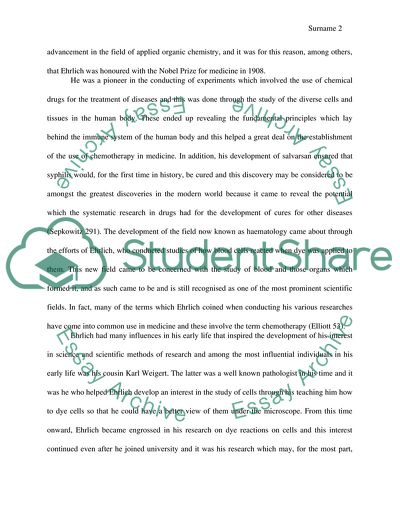Cite this document
(Paul Ehrlich's Influence on Modern Microbiology and Immunology Essay Example | Topics and Well Written Essays - 2500 words - 1, n.d.)
Paul Ehrlich's Influence on Modern Microbiology and Immunology Essay Example | Topics and Well Written Essays - 2500 words - 1. https://studentshare.org/biology/1803203-paul-ehrlichs-influence-on-modern-microbiology-and-immunology
Paul Ehrlich's Influence on Modern Microbiology and Immunology Essay Example | Topics and Well Written Essays - 2500 words - 1. https://studentshare.org/biology/1803203-paul-ehrlichs-influence-on-modern-microbiology-and-immunology
(Paul Ehrlich'S Influence on Modern Microbiology and Immunology Essay Example | Topics and Well Written Essays - 2500 Words - 1)
Paul Ehrlich'S Influence on Modern Microbiology and Immunology Essay Example | Topics and Well Written Essays - 2500 Words - 1. https://studentshare.org/biology/1803203-paul-ehrlichs-influence-on-modern-microbiology-and-immunology.
Paul Ehrlich'S Influence on Modern Microbiology and Immunology Essay Example | Topics and Well Written Essays - 2500 Words - 1. https://studentshare.org/biology/1803203-paul-ehrlichs-influence-on-modern-microbiology-and-immunology.
“Paul Ehrlich'S Influence on Modern Microbiology and Immunology Essay Example | Topics and Well Written Essays - 2500 Words - 1”. https://studentshare.org/biology/1803203-paul-ehrlichs-influence-on-modern-microbiology-and-immunology.


